Percentages and Branding
By Johnny Dwinell
I hate to say it but even though it is easier than ever before to make a living as an artist these days, artists are starving more and more in large part because they suck at business. The most iconic  artists we cherish today are literal business titans as well musical geniuses; they understand percentages and branding. Artists like Madonna, Bono, Sting, Bon Jovi, Kenny Chesney, Tim McGraw, Daft Punk, Deadmau5, etc. truly understand how to operate as a business and what percentage is required to give away in exchange for an opportunity to grow the brand. They also have a talent for team building which is a requirement to any success story. Even with a huge record deal, do NOT underestimate the vital business necessity of team building.
artists we cherish today are literal business titans as well musical geniuses; they understand percentages and branding. Artists like Madonna, Bono, Sting, Bon Jovi, Kenny Chesney, Tim McGraw, Daft Punk, Deadmau5, etc. truly understand how to operate as a business and what percentage is required to give away in exchange for an opportunity to grow the brand. They also have a talent for team building which is a requirement to any success story. Even with a huge record deal, do NOT underestimate the vital business necessity of team building.
Â
Percentages and Branding
Think about Levi Strauss for a second. Everybody is aware of Levi’s. Hell, back in the cold war days one could make a fortune selling boat loads of Levi’s to the sheltered, ravenous-for-Western-culture residents of the U.S.S.R. Levi Strauss & Co 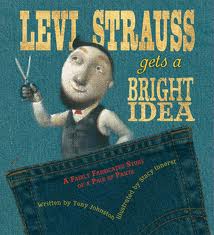 delivered the first pair of blue jeans in 1873 after Jacob Davis (not from the Levi Strauss family), a tailor who regularly purchased bolts of denim cloth from the Levi’s wholesale house, came up with the idea of using copper rivets to reinforce the main stress points of pants (such as the pocket corners and the base of the buttonfly) after one of his customers constantly came in to reinforce torn pants with the cloth. Jacob Davis couldn’t afford a patent for his idea so he wrote Levi suggesting that they go into business together and they obviously came up with a plan to split the percentages. I’ll bet this plan was heavily weighted in favor of Levi Strauss as they were taking all the risk by putting up all the capital to pay for the patent.
delivered the first pair of blue jeans in 1873 after Jacob Davis (not from the Levi Strauss family), a tailor who regularly purchased bolts of denim cloth from the Levi’s wholesale house, came up with the idea of using copper rivets to reinforce the main stress points of pants (such as the pocket corners and the base of the buttonfly) after one of his customers constantly came in to reinforce torn pants with the cloth. Jacob Davis couldn’t afford a patent for his idea so he wrote Levi suggesting that they go into business together and they obviously came up with a plan to split the percentages. I’ll bet this plan was heavily weighted in favor of Levi Strauss as they were taking all the risk by putting up all the capital to pay for the patent.
Here we have a symbiotic relationship where 2 separate entities work together to create something great and have to somehow split the profits. Next, we need to remember that there was no internet so how on earth would you expose your brand to the masses across the United States in 1873?
Â
Distribution
Think about this using your business brain for a second in today’s world. If you can  purchase a set of Levi’s from Wal-Mart for $38, and we know that Wal-Mart requires a profit to be made, how much do you think Levi’s sells the jeans to Wal-Mart for? Back at the beginning of the 1900’s the biggie distributor was Penney’s (A.K.A. J.C. Penney) Levi’s HAD to sell to J.C. Penny to get their product exposed and out into the market place. It was much later AFTER the brand was solidly constructed that Levi Strauss began opening “Outlet Stores†where consumers felt they got a discount and Levi’s not only took 100% of the money (saving on distribution percentages) but also ONLY sold Levi’s.
purchase a set of Levi’s from Wal-Mart for $38, and we know that Wal-Mart requires a profit to be made, how much do you think Levi’s sells the jeans to Wal-Mart for? Back at the beginning of the 1900’s the biggie distributor was Penney’s (A.K.A. J.C. Penney) Levi’s HAD to sell to J.C. Penny to get their product exposed and out into the market place. It was much later AFTER the brand was solidly constructed that Levi Strauss began opening “Outlet Stores†where consumers felt they got a discount and Levi’s not only took 100% of the money (saving on distribution percentages) but also ONLY sold Levi’s.
You see, if you get a record deal the major label is going to try to take about 91% of the revenue created from record sales; this was standard back in the glamor days of the music business. The sad reality is that Kelly and I have many friends who are/were famous stars selling millions of records and they never made a dime selling records, they only made money touring. So why on earth does everyone always feel they have “made it†once they get the deal? Why would you want a major label deal when you could make far more revenue selling 50,000 units yourself that you could selling 700,000 with major label??
Worry About What You Are Getting Paid
I was thinking of this after remembering a couple separate business deals that never came to fruition because the artists got hung up on percentages of possible future revenue. They were laser focused on what they were going to be paying out vs. what they were going to make. I created these deals to deliver  revenue only on the back end (mostly because the artists were broke) so anytime the artist was making money, we were making money. In other words, if we generated $10 of gross revenue, and we each got $5 a piece, then the artist had $5 that he didn’t have before, right? The common response to this proposal was “I have my heart and soul into this project, I can’t give you 50% to market it, man. It’s not you; it’s the principle of the matterâ€. Currently each of these artist’s principles, along with $2.54 is good for a coffee at Starbucks and nothing else; they have each sold ZERO copies but thankfully retain 100% of absolutely NO pie. It was funny, one of the artists argued that all his friends, none of whom had ever had a record deal (thus no frame of reference on how that all works), told him the 50% back end percentage was too much (WTF, if I was Warner Bros offering to take 90% they would have all said YOU MADE IT MAN!). Another artist argued that if he hired me to sell light bulbs he wouldn’t be paying 50% on the back end, which is true. But then again everyone is familiar with a light bulb and nobody is familiar with this artist.
revenue only on the back end (mostly because the artists were broke) so anytime the artist was making money, we were making money. In other words, if we generated $10 of gross revenue, and we each got $5 a piece, then the artist had $5 that he didn’t have before, right? The common response to this proposal was “I have my heart and soul into this project, I can’t give you 50% to market it, man. It’s not you; it’s the principle of the matterâ€. Currently each of these artist’s principles, along with $2.54 is good for a coffee at Starbucks and nothing else; they have each sold ZERO copies but thankfully retain 100% of absolutely NO pie. It was funny, one of the artists argued that all his friends, none of whom had ever had a record deal (thus no frame of reference on how that all works), told him the 50% back end percentage was too much (WTF, if I was Warner Bros offering to take 90% they would have all said YOU MADE IT MAN!). Another artist argued that if he hired me to sell light bulbs he wouldn’t be paying 50% on the back end, which is true. But then again everyone is familiar with a light bulb and nobody is familiar with this artist.
There is a difference between branding and simple sales, exposure and distribution. Most artists don’t get this.
Do you?
My advice to y’all is that if you can hook up with anyone willing to work at exposing and selling your CD’s for a percentage on the back-end; that makes your deal “performance basedâ€. This means that everyone makes money together or you don’t make money together. Performance based contracts ensure that the entity providing the service is “putting their money where their mouth is†by basing their compensation on their ability to create revenue as very few people will put the time and energy into a project without realizing some kind of compensation.
If you like this post, please SHARE it and/or LEAVE A COMMENT thank you!
[ois skin=”Bottom Post”]


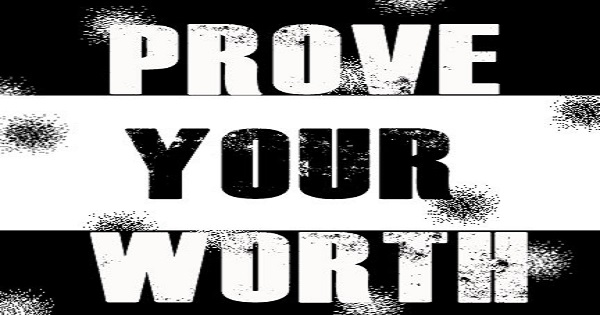





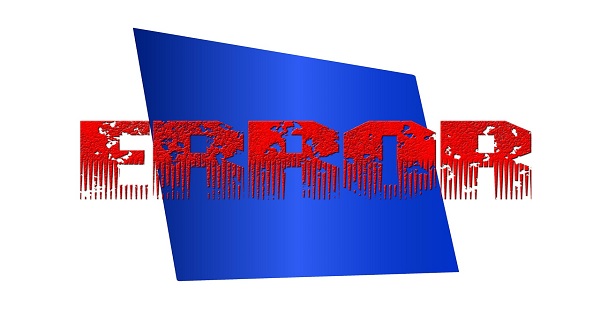
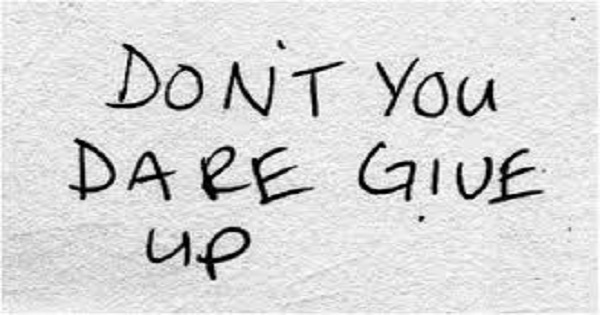
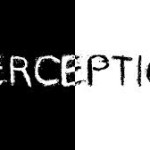

Tell Us Your Comments
Leave a Reply
Want to join the discussion?Feel free to contribute!